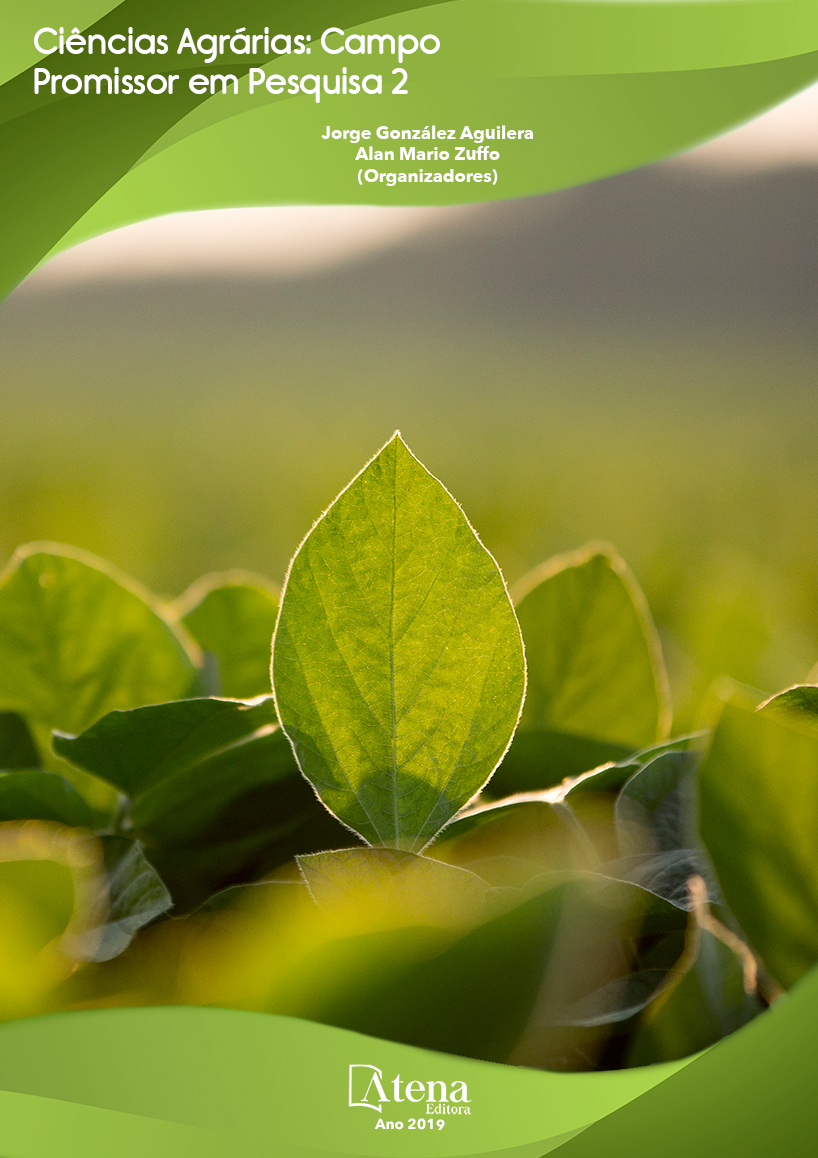
BIOMETRIA, TESTE DE GERMINAÇÃO E VARIABILIDADE FENOTÍPICA DE SCHIZOLOBIUM PARAHYBA VAR. AMAZONICUM (HUBER EX DUCKE) NO MUNICÍPIO DE MOJU-PA
O Schizolobium parahyba var.
amazonicum (Huber ex Ducke), é uma espécie
florestal que ocorre na Amazônia Legal, cujas
sementes, ortodoxas, apresentam exocarpo
resistente e impermeável o que influencia
diretamente na velocidade de germinação. O
estudo de biometria de sementes visa qualificar,
com base em parâmetros morfológicos, lotes
de sementes, permitindo a obtenção de maior
homogeneidade e seleção de características
desejadas que por sua vez irão inferir sobre a
germinação. O objetivo do trabalho foi coletar
informações biométricas de sementes do
paricá oriundas do município de Moju/PA,
analisar a variabilidade fenotípica e verificar
a influência da superação de dormência por
escarificação mecânica sobre a germinação, em
condições laboratoriais. Foram selecionadas
aleatoriamente 100 unidades do lote para a
realização da biometria e 100 unidades para
avaliação da germinação e qualidade das
plântulas. A análise biométrica demonstrou
homogeneidade dos parâmetros avaliados.
Em relação à germinação, 72% das sementes
germinaram até o 14° dia após a semeadura
e destas, 26% geraram plântulas normais,
segundo as Regras para Análise de Sementes
(BRASIL, 2009). Os resultados sugerem
baixa variabilidade fenotípica das matrizes
ou reduzido número de matrizes utilizadas na
coleta das sementes. O método de superação
da dormência por escarificação mecânica
foi eficiente, porém requer cuidados na sua
execução para a preservação dos cotilédones
e embrião.
BIOMETRIA, TESTE DE GERMINAÇÃO E VARIABILIDADE FENOTÍPICA DE SCHIZOLOBIUM PARAHYBA VAR. AMAZONICUM (HUBER EX DUCKE) NO MUNICÍPIO DE MOJU-PA
-
DOI: 10.22533/at.ed.1601920069
-
Palavras-chave: Paricá; Escarificação; Dormência.
-
Keywords: Paricá; Scarification; Dormancy.
-
Abstract:
Schizolobium parahyba var. amazonicum (Huber ex Ducke), is a forest
species that occurs in the Legal Amazon, whose orthodox seeds have a resistant and
impermeable exocarp which directly influences the speed of germination. The study of
seed biometry aims to qualify, based on morphological parameters, seed lots, allowing
the achievement of greater homogeneity and selection of desired characteristics that in
turn will infer about the germination. The objective of this work was to collect biometric
data from parica seeds from the municipality of Moju / PA, to analyze the phenotypic
variability and verify the influence of dormancy overcoming on germination under
laboratory conditions. Hundred units of the lot were randomly selected to perform the
biometrics and hundred units to evaluate the germination and quality of the seedlings.
The biometric analysis demonstrated homogeneity of the parameters evaluated. In
relation to germination, 72% of the seeds germinated until the 14th day after sowing
and of these, 26% generated normal seedlings, according to the Rules for Seed
Analysis (BRASIL, 2009). The results suggest low phenotypic variability of the matrices
or reduced number of matrices used in the seed collection. The method of overcoming
dormancy by mechanical scarification was efficient, however, it requires care in its
execution for the preservation of the cotyledons and embryo.
-
Número de páginas: 15
- Gilberto Andersen Saraiva Lima Chaves
- Josimar de Souza Ferreira
- Vinicius Matheus Silva Cruz
- Álisson Rangel Alburquerque
- Milena Pupo Raimam
- THIAGO MARTINS SANTOS


